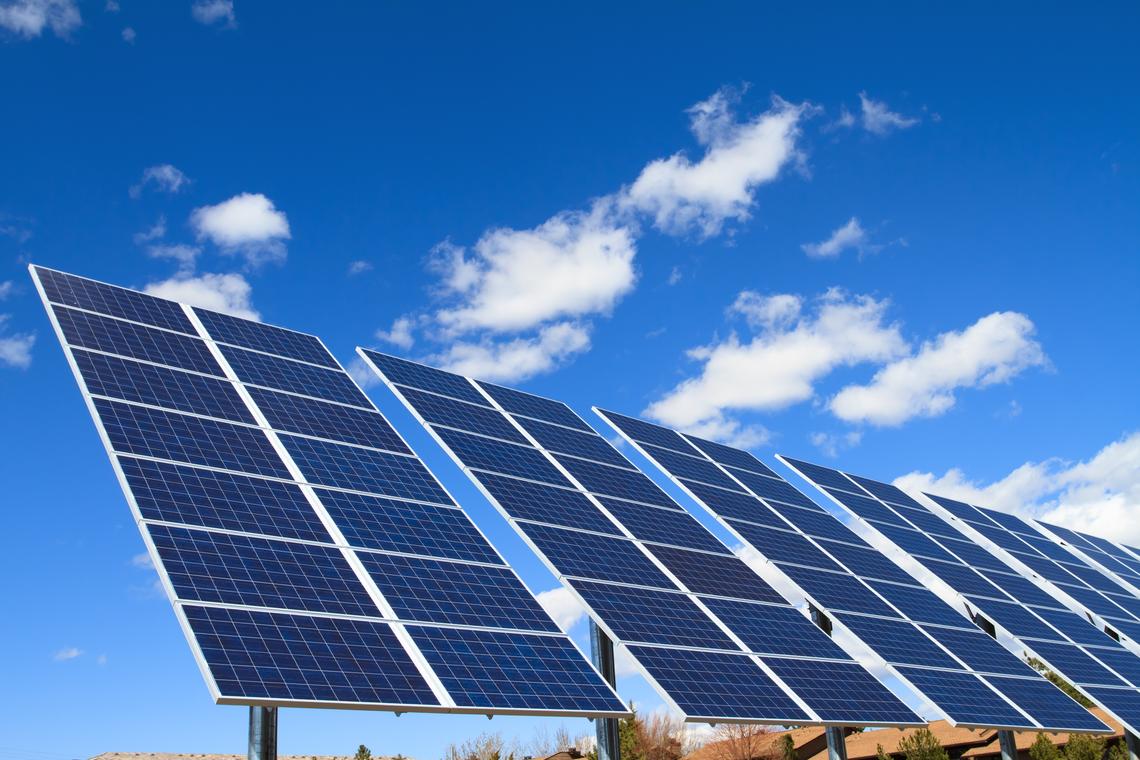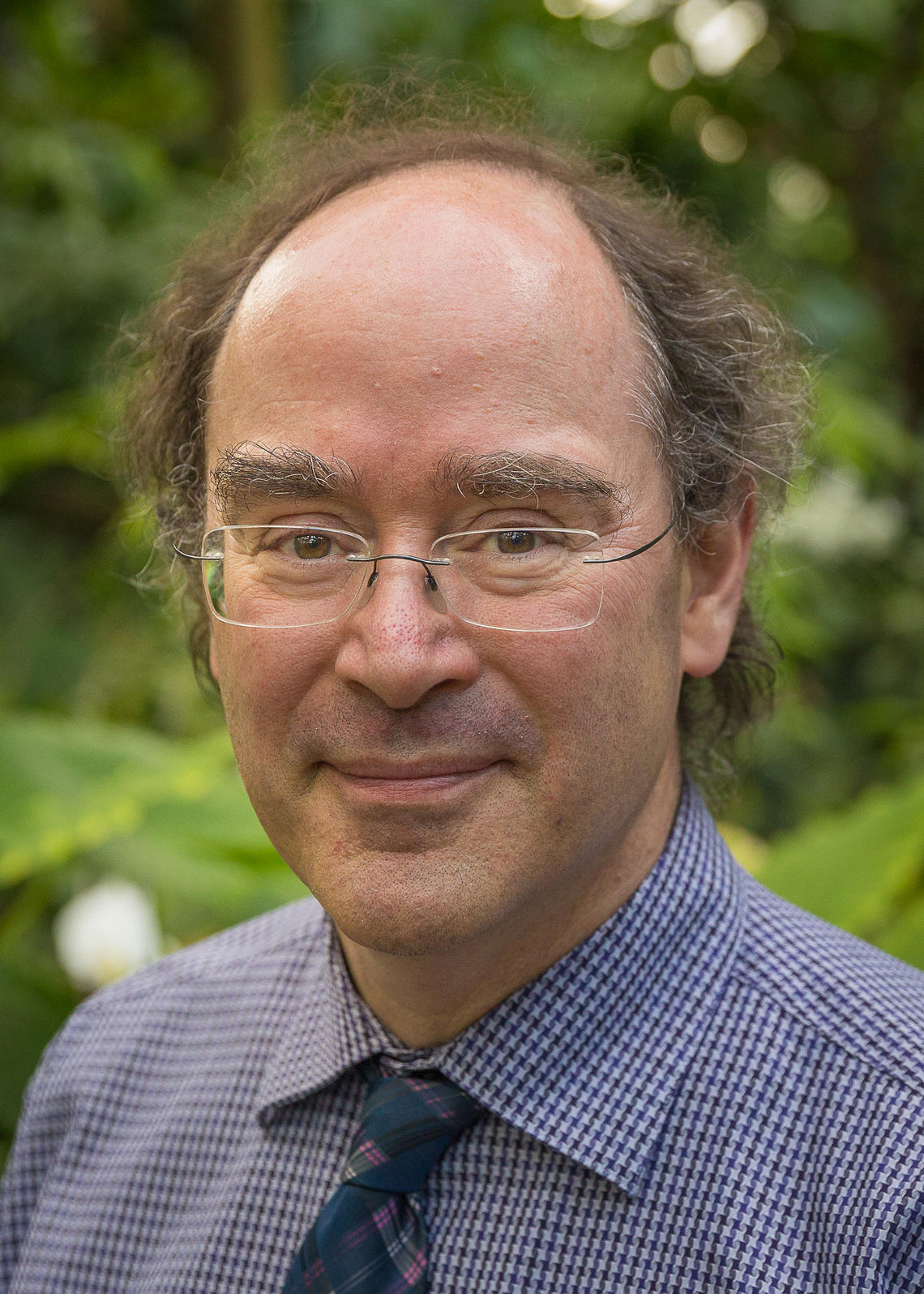Nov. 21, 2016
Scholar looks to Germany to show us how to make the renewable energy transition

Researcher Mishka Lysack is bringing German know-how to Canada for the renewable energy transition.
Sometimes it’s a lot easier to do something when you can see how it has been done before. That includes making the transition to a lower carbon economy. For the last few decades, Germany has been making a renewable energy transition — energiewende — and they’ve learned a great deal that could help Alberta and the rest of Canada make the transition.
Mishka Lysack, PhD, associate professor in the Faculty of Social Work at the University of Calgary, has a lot of maps in his office, but to make the most important point he stabs his finger at a map of Germany coloured with varying shades of green, each one representing a greater reliance on renewable energy. “See here?” he says, tapping his finger. “The dark green are areas are already 100-per-cent renewable electricity now and over nine million Germans live in those areas.”
If you include the areas that are actively making the transition to full reliance on renewables, in a few years more than 21 million Germans — well over half the population of Canada — will get 100 per cent of their power from renewable sources.
Involving the people in the transition
As Alberta makes the transition to a lower carbon future under the provincial government’s Climate Leadership Plan, there have been a lot of headlines about the mega investment needed — giving the sense that the average citizen needs to sit back and wait for Alberta’s private energy companies to come up with solutions. Lysack says his research, which was part of a recently announced Connection Grant from the Social Sciences and Humanities Research Council of Canada, has shown that Albertans and Canadians need to become personally engaged in this process. Examples from Germany and other countries have shown that real change is driven at the individual, municipal and regional level.
“There are huge numbers of Germans who are empowered new stakeholders in this new energy economy,” says Lysack with enthusiasm. “They're not passively watching it or being supportive … they're actively engaged with it. There's hundreds of co-ops. A lot of the municipalities and regions — some of them that were really struggling economically — have gotten involved and have not only transitioned their own energy system, they are now selling surplus renewable energy to other places. We're talking about renewable energy changes that are moving on a big scale and there's no reason why Canada — if we learn from those best practices — can’t adopt those for ourselves and for our own context.”
Lysack also points to German municipalities like Hamburg, which recently voted to take back their municipal energy grid from the utility companies so the population can make their own decisions about where their power comes from. Increasingly Canadians are having the same debate with some smaller municipalities in Ontario already making the move.

Researcher Mishka Lysack received a SSHRC Connections grant to bring German experts to Canada.
Follow the economic 'puck' to diversification
Of course, the other important thing we can learn from the German experience is that developing the technology needed to transition to a lower carbon future could help a province like Alberta diversify its economy. Lysack points out that investment capital is increasingly flowing away from traditional energy into renewable energy.
“Like they say in hockey, follow the puck, and this is where the economic 'puck' is going,” says Lysack. “If we're looking at expanding our markets, expanding our place in world economic trade, we need to find our own niches. I think we could do that. I think the way to learn that is be mentored or to learn from other people who are further ahead on moving to get that puck. Germany is one, Denmark is going to reach their goals in about 15 years.”
Lysack says that besides being part of the solution and following the growing green energy market, the transition will also create “real” economic growth, rather than the kinds of paper returns that led to the stock market crash of 2008. “Green energy provides concrete investment and concrete returns while creating regional jobs and investment,” he says. “It’s a true win-win situation.”
The big, big picture
As a social work researcher, Lysack believes he is in the perfect discipline to help Canadians move ahead and transition to a lower carbon future. As he points out, as a discipline, Social Work has a long tradition of policy and advocacy work along with public education and knowledge mobilization. In that way, bringing together technology and policy experts from Germany with progressive Canadian leaders shows that making the transition to 100 per cent is not only possible, it’s already being done. To underline that point, Lysack points to Stanford University researcher Mark Jacobson's The Solutions Project in which he has outlined a practical roadmap, using existing technology, on how every state in the U.S. and many countries, including Canada, could make the transition to renewable energy by 2050.
Lysack says the key to creating a reliable renewable grid might require a much wider lens and a much more creative and co-operative approach to sharing energy across the provinces. “I think there are opportunities for bundling. For example, B.C., which obviously has a lot of hydro assets, could provide a baseload of energy for the grid. Scientifically the wind and solar assets in Alberta are better than anywhere else in Canada,” explains Lysack. “Is there a way that there could be a kind of integrated grid? The science is now showing us that by combining forms of energy, you can actually have a completely reliable grid by using the strengths and assets in one area to compensate for the weaknesses of other parts.”
Lysack points to the German example where wind power in northern Germany compliments the solar power generated in southern Germany. He notes that these renewable energy collaborations are beginning to cross borders as clusters of European nations forge a transnational energy network which could again point to the benefits of a new era of investment and co-operation in Canada.
